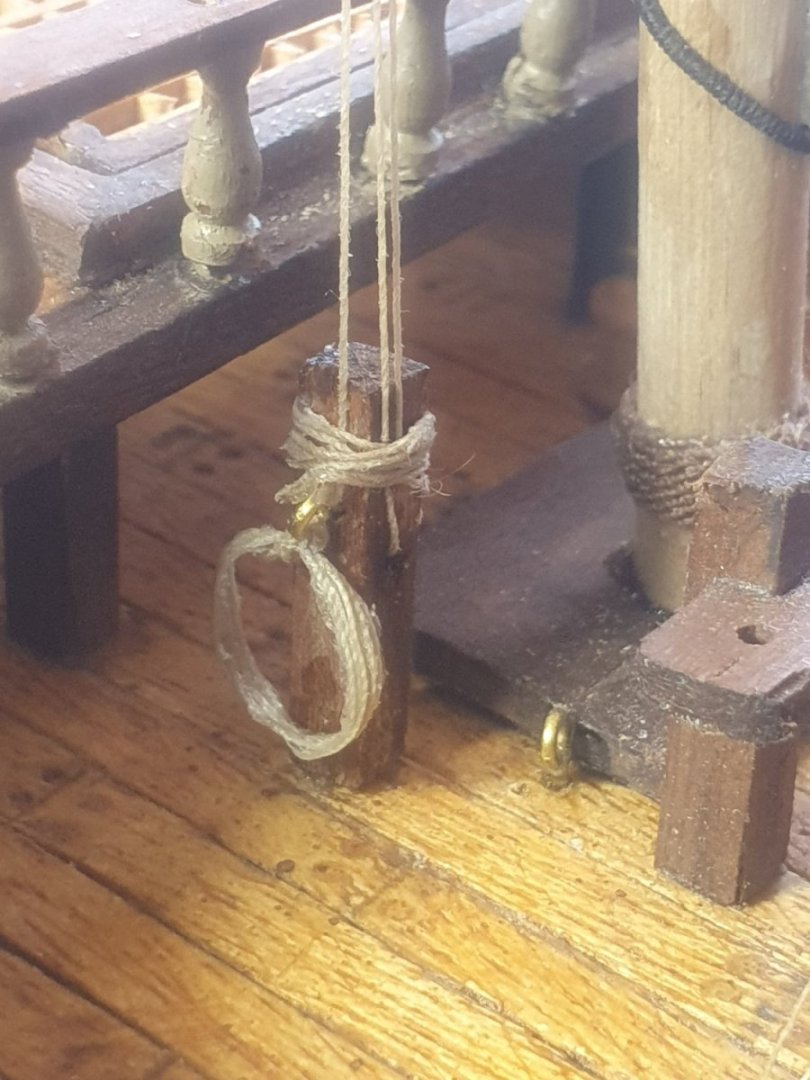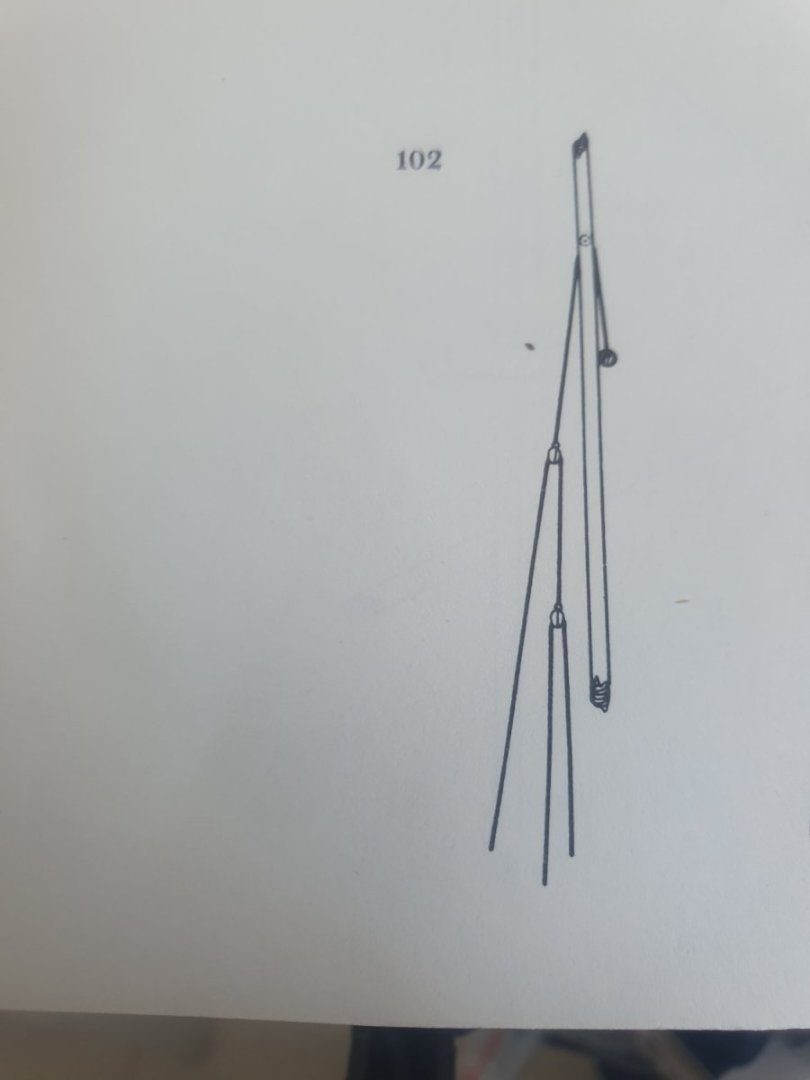
Bill Jackson
-
Posts
116 -
Joined
-
Last visited
-
Hola, perdona que te hable en español, mi inglés es muy malo y te escribo desde el móvil. Siento contestarte tan tarde a tu mensaje, pero no suelo estar mucho por el foro. Mándame un mensaje con tu email y te envío unos libros en el inglés por webtransfer.
Como galeón de Manila tienes el navío nuestra señora del pilar de Zaragoza, hay un kit, pero muy malo. Pero hay un libro en español sobre este barco, puedes utilizar un plano de un navío de principios de siglo XVIII para hacer un galeón de mamila, ya que eran navíos de la armada española en el XVIII hasta que se retiró el comercio a través del galeón de Manila.
Un saludo.






